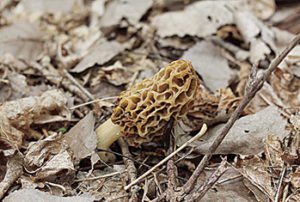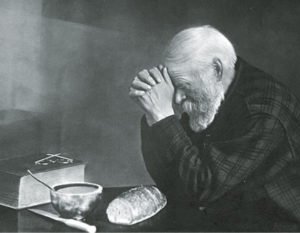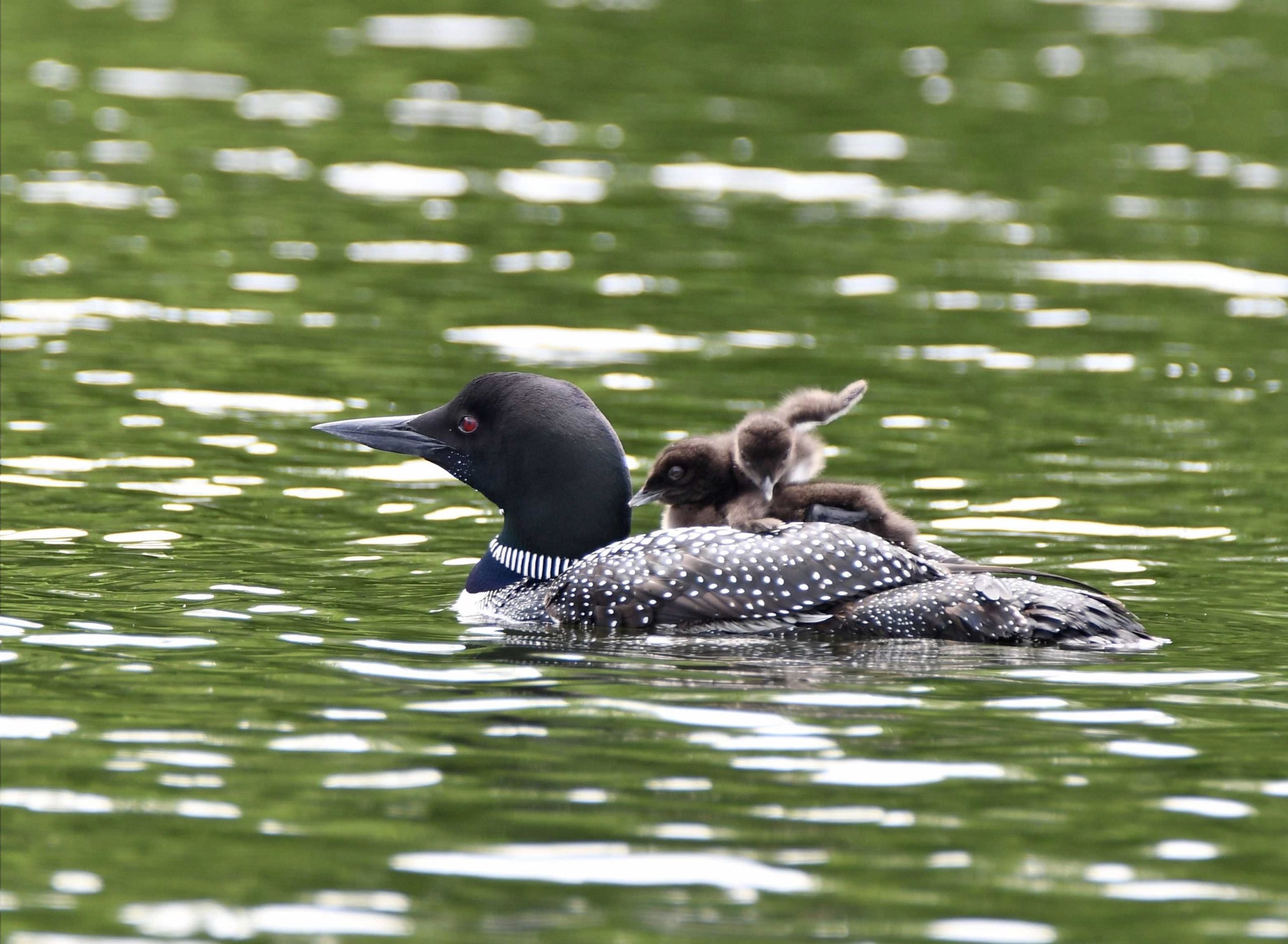Did you know that Minnesota has an official state muffin as well as an official photograph, fruit, beverage and song? Or that Ontario’s official symbols and emblems include an official tartan, two flags and a gemstone?
These official symbols represent the identity, natural, cultural, important and/or unique elements in a state or province. Currently Minnesota has 19 while Ontario has 10. Here’s a quick overview of them all.
Minnesota’s first official symbol—the state’s motto in French L’Etoile du Nord—was selected in 1861, three years after Minnesota became a state in 1858. Translated into English, it means “Star of the North.” There’s a sort-of-Canadian connection. The motto was chosen by Minnesota’s first governor, Henry Sibley, the brother of Alexander Sibley who was the future president of the world’s richest silver mine—the Silver Islet Mining Company—located northeast of Thunder Bay on an island in Canadian waters of Lake Superior.
In the same year of 1861, Minnesota designated its official seal; it featured an image of a farmer plowing the earth, an Indigenous man on a horse, and the state’s motto.
Forty-one years went by before the next official symbol—the pink and white lady slipper became Minnesota’s official flower in 1902 (still illegal to pick it). Forty-three years later in 1945, Minnesota chose “Hail! Minnesota” (written by two University of Minnesota students) as the official state song.

Naming of official symbols speeded up after 1953 with the selection of the Norway Pine (aka red pine) as Minnesota’s official tree, followed in 1957 by choosing the official state flag (royal blue with gold fringe, plus state seal and flower, the showy lady slipper). In the 1960s, the loon was chosen as the official bird in 1961; the walleye the official fish in 1965; and, Lake Superior agate the official gemstone in 1969. Wild rice was named in 1977 as Minnesota’s official grain. Seven years later in 1984, the morel was named as Minnesota’s official mushroom (first state to have an official mushroom) and milk as the official beverage.
In 1988—thanks to lobbying efforts by Minnesota third-grade students in Carlton—the blueberry muffin became Minnesota’s official muffin. As the story goes, the students were inspired by a Massachusetts class who had successfully lobbied for the ‘corn muffin’ to be their state’s official symbol.
In the 21st century, students were again the moving force in selecting official state symbols, resulting in three selections: the monarch butterfly in 2000 as Minnesota’s official butterfly; in 2006, the Honeycrisp apple legislated as the state fruit; and in 2009, ice hockey became Minnesota’s official sport.
An interesting symbol selected in 2002 was a black-and-white photograph titled “Grace” as Minnesota’s official photograph. Taken in 1918 (some say 1920) by Swedish-American photographer Eric Enstrom of Bovey, and receiving international recognition, it was a black-and-white-photograph of a white-haired man sitting at a table and praying.
The last two Minnesota official symbols were nutrient-rich Lester soil (named after the town of Lester Prairie), added in 2012 as the state’s official soil, and the rusty patched bumblebee in 2019, as the official bee.
The more ‘traditional’ official symbols of Ontario have been established by Royal Warrants and through Ontario’s Legislative Assembly (elected members of Parliament). Its first official symbol was the original coat of arms and second was the official shield of arms, both granted by royal warrant of Queen Victoria in 1868 (one year after Canadian Confederation). The current coat of arms built upon the original one and was adopted in 1909 by King Edward VII.

While Minnesota’s official motto is in French, Ontario has its in Latin: Ut incepit fidelis sic permanet which translated in English is, “Loyal she began, loyal she remains.” Adopted in 1909, it refers to the United Empire Loyalists who settled in Ontario from the U.S. in the late 18th century.
The white trillium became Ontario’s official flower in 1937, thanks to a WWI movement to choose a national flower to plant on the overseas graves of Canadian servicemen. Found in forests and woodlands, it takes seven to 13 years to bloom but is not illegal to pick. Eighteen years later, in 1965, two new official symbols were designated: Ontario’s official flag (incorporating Union Jack and Shield of Arms) and its official tartan (in shades of red, white, green and blue).
When amethyst was designated in 1975 as Ontario’s official mineral to represent the province’s mineral wealth, it brought special recognition to the Thunder Bay area where North America’s largest deposit of the gemstone is located.
In 1984, the eastern white pine—known as “the tree of Great Peace” by the Haudenosaunee First Nations in southern Ontario—became Ontario’s official tree. The same year, the common loon became Ontario’s official bird (same as Minnesota). And Ontario’s latest official emblem is the green and white Franco-Ontario flag adopted in 2020.
Official Symbols of Minnesota
Motto: L’Etoile du Nord (1861)
Seal: Great Seal of Minnesota (1861)
Flower: Pink-and-white Lady Slipper (1902)
Song: “Hail Minnesota” (1945)
Tree: Norway Pine (1953)
Flag: Minnesota flag (1957)
Bird: Loon (1961)
Fish: Walleye (1965)
Gemstone: Lake Superior Agate (1969)
Grain: Wild Rice (1977)
Mushroom: Common Morel (1984)
Beverage: Milk (1984)
Muffin: Blueberry Muffin (1988)
Butterfly: Monarch Butterfly (2000)
Photograph: “Grace” (2002)
Fruit: Honeycrisp apple (2006)
Sport: Ice Hockey (2009)
Soil: Lester (2012)
Bee: Rusty Patched Bumblebee (2019)
Ontario’s Official Symbols & Emblems
Coat of Arms (1868; enriched 1909)
Shield of Arms (1868)
Motto: Ut incepit fidelis sic permanet (1909)
Floral Emblem: White Trillium (1937)
Flag of Ontario (1965)
Gemstone: Amethyst (1975)
Tree: Eastern White Pine (1984)
Bird: Common Loon (1994)
Tartan (2000)
Franco-Ontario Flag (2020)




